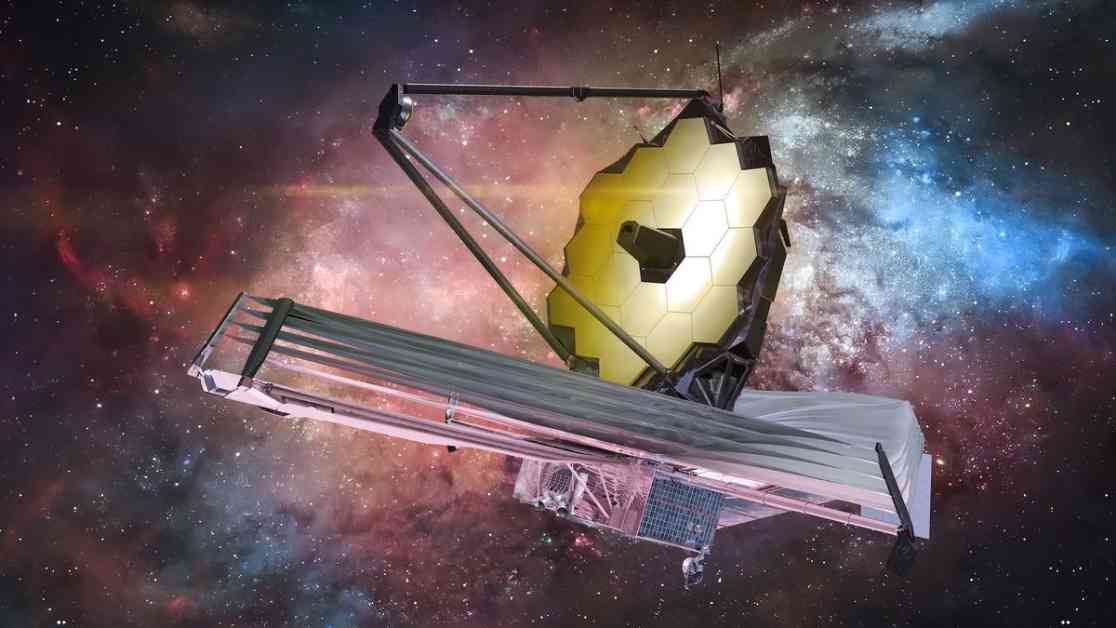The James Webb Space Telescope (JWST) has been making significant discoveries since its launch in December 2021. It has provided groundbreaking insights into the earliest and most distant known galaxies, dating back to just 300 million years after the Big Bang. These discoveries challenge our current understanding of cosmology and galaxy formation.
One of the key findings from JWST is the existence of extremely bright galaxies at high redshifts, indicating that these galaxies matured much faster than previously thought. This challenges existing models of galaxy formation and requires scientists to rethink their theories. Some suggest that changes in the efficiency of gas conversion into stars over time or the importance of feedback processes like supernovae and black holes may explain the unexpected brightness of these early galaxies.
In addition to exploring changes to galaxy formation physics, scientists are also considering modifications to broad cosmological theories. For example, the concept of “early dark energy” suggests a new cosmological energy source that could have existed shortly after the Big Bang, impacting the matter power spectrum and potentially altering our understanding of the universe’s age.
While these discoveries have sparked debate and speculation about the age of the universe, it is essential to gather more detailed data and understanding of the physical processes in galaxies before making significant changes to cosmological theories. JWST’s continued observations and analysis will further refine our models and provide more insights into the universe’s earliest days.
As we continue to unravel the mysteries of the cosmos, the James Webb Space Telescope stands at the forefront of astronomical research, offering a glimpse into the universe’s past and helping us answer some of the most fundamental questions about our cosmic origins. With ongoing advancements in technology and observational techniques, we can expect even more exciting discoveries and revelations about the universe’s evolution and structure.










